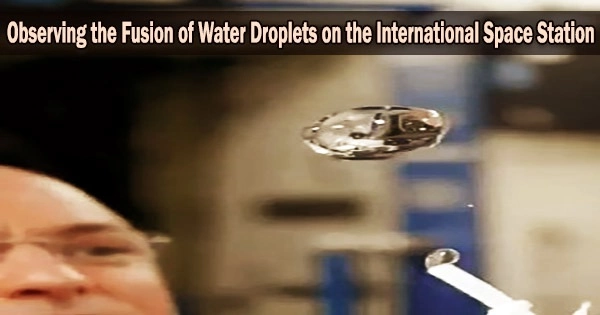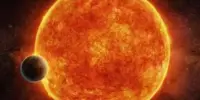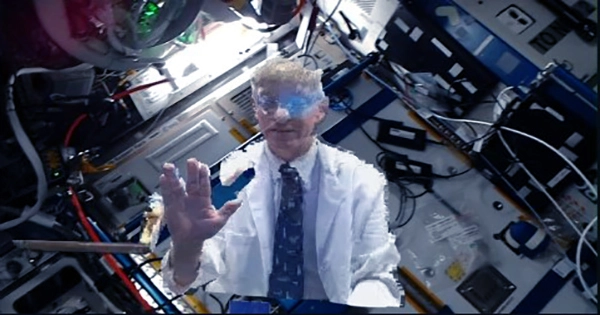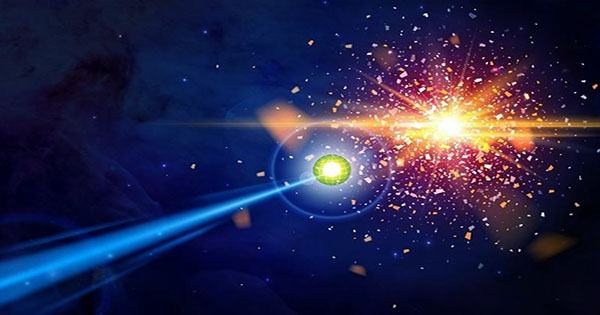For situations in daily life, such as raindrops falling off automobiles, planes, and roofs, as well as for applications in energy production, aerospace engineering, and microscale cell adhesion, it is crucial to comprehend how water droplets spread and coalesce. However, it is tricky to model and conduct experimental observations of these events.
Researchers from Cornell University and Clemson University developed and examined droplet experiments that were conducted aboard the International Space Station for Physics of Fluids, published by AIP Publishing.
Because their surface tension is greater than gravity, droplets typically look as tiny spherical caps of water.
“If the drops get much larger, they begin to lose their spherical shape, and gravity squishes them into something more like puddles,” said author Josh McCraney of Cornell University. “If we want to analyze drops on Earth, we need to do it at a very small scale.”
But at small scales, droplets dynamics are too fast to observe. Hence, the ISS. Due to the decreased gravity in space, the team was able to study larger droplets, ranging in size from a few millimeters to ten times that size.
NASA astronauts Kathleen Rubins and Michael Hopkins would deposit a single drop of desired size at a central location on the surface. This drop is near, but not touching, a small porthole pre-drilled into the surface. The astronaut then injected water through the porthole, which collects and essentially grows an adjacent drop. Injection continues until the two drops touch, at which point they coalesce.
Josh McCraney
Four distinct surfaces, each with a different roughness property, were sent to the ISS and installed to a lab table there by the researchers. The spread and fusion of the droplets were captured by cameras.
“NASA astronauts Kathleen Rubins and Michael Hopkins would deposit a single drop of desired size at a central location on the surface. This drop is near, but not touching, a small porthole pre-drilled into the surface,” said McCraney.
“The astronaut then injected water through the porthole, which collects and essentially grows an adjacent drop. Injection continues until the two drops touch, at which point they coalesce.”
The Davis-Hocking model, a straightforward method to simulate droplets, was the subject of the studies. A water droplet that is resting on a surface has a portion that touches the air, creating an interface, and a portion that makes contact with the surface, creating an edge or contact line.
The equation for the contact line is described by the Davis-Hocking model. The Davis-Hocking model’s parameter space was enlarged and confirmed by the experimental findings.
In order to see his research successfully carried out aboard the ISS, the late professor Paul Steen of Cornell University had written grants, gone to collaborators in several countries, taught PhD students, and painstakingly reviewed relevant terrestrial studies. Sadly, Steen passed away just a few months before his experiments began.
“While it’s tragic he isn’t here to see the results, we hope this work makes him and his family proud,” said McCraney.
















